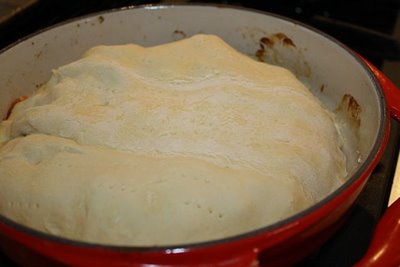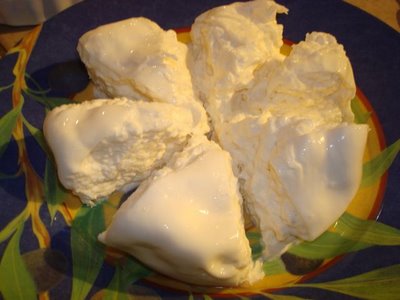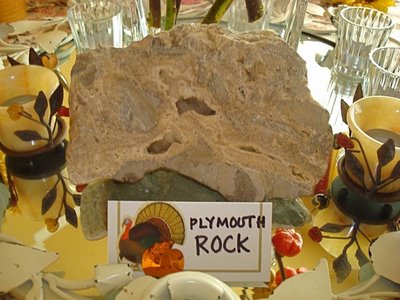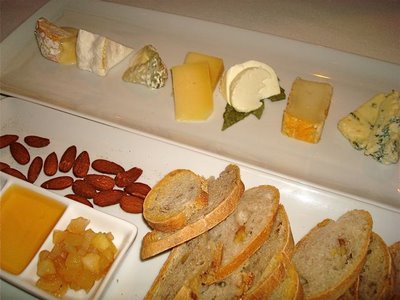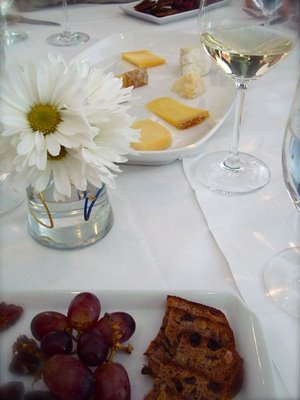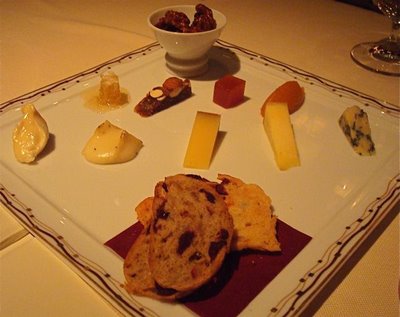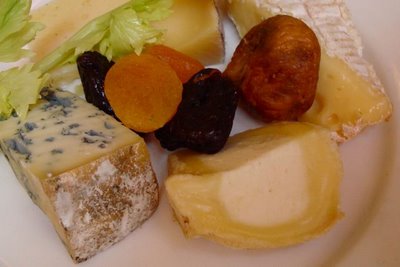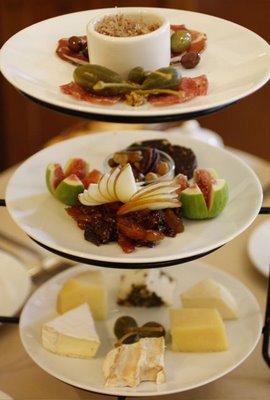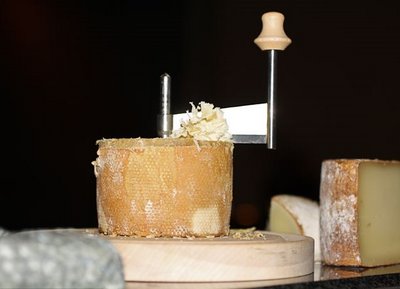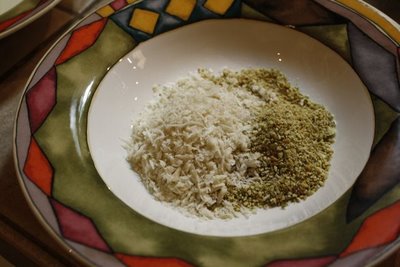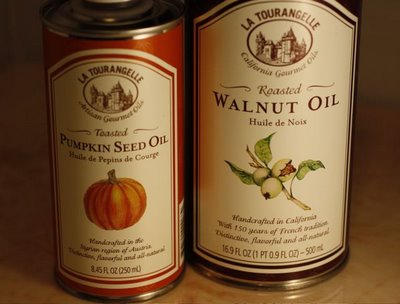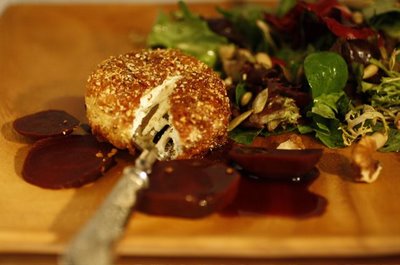Brunch Menu
Tomato Goat Cheese Basil Tarte Tatin
Red Leaf Green Leaf Salad, Dijon Vinaigrette
Comté Cheese Soufflés
Handcut Bacon
Schramsberg Blanc de Blanc
Oh, we had such a delightful brunch! I hope I am able convey the light lovely delicious flavor combinations served here. The menu is straight-forward and uncomplicated, but this brunch menu is a winner by all accounts!

Father Adam is my longtime dear dear friend. He was going to be in town at the same time as my family visiting from Chicago. We determined he had not seen my brother in over 20 years (and therefore had not met my sister-in-law, nor their sons). Father Adam and I cook together often. He is a terrific cook. You may recall reading about some of our dishes, including the one we made for Julia Child’s birthday event, Coq Au Vin.
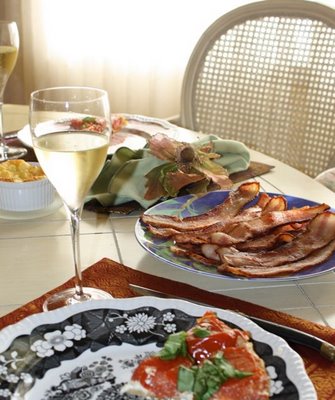
We thought it would be neat to cook brunch and for everyone to get (re) acquinted. Father Adam arrived around 9 AM and we began prepping the meal. We took a break to shoot some hoops with Stone, and a few hours later the adults were ready to sit down to a very memorable meal with the light streaming in, with the food, family, and friends, what could be better?
We served dry, crisp, complex Schramsberg Blanc de Blanc California Sparkling Wine, a great complement to the meal and how apropos to serve a “local” wine to out-of-town guests here in California.
Tomato Tarte Tatin: Slice Roma tomatoes lengthwise. Squeeze the seeds and juice out of tomatoes and place in baking pan drizzled with olive oil, skin side down. Sprinkle with salt, pepper and Herbs de Provence. Cook at 350°F for about 40 minutes. Pour out any juices left in the pan.
Top the tomatoes with crumbled goat cheese then cover with puff pastry dough. This is my cherished Le Creuset Tarte Tatin Pan. Handcrafted of porcelain enamel cast iron, it is designed for recipes that are started on top of the stove and are finished in the oven. The curved side handles make it easy to flip foods over onto a plate. This is a great pan for making quiche too, if you are a quiche lover, you might enjoy visiting here and here.
Tuck the dough under the edges of the tomatoes. Make holes in the dough to let steam escape and bake in the 350°F oven until the dough is golden. Remove from oven and let rest until ready to serve. Then…
Father Adam demonstrates the Tarte Tatin Flip Over.
Place platter over the pan.
Invert.
Slowly remove pan.
Voilà!
Top with shredded basil. Serve.
Recipe inspired by the charming Chocolate & Zucchini Cookbook. Please stay tuned for the Soufflés post from this special brunch.






